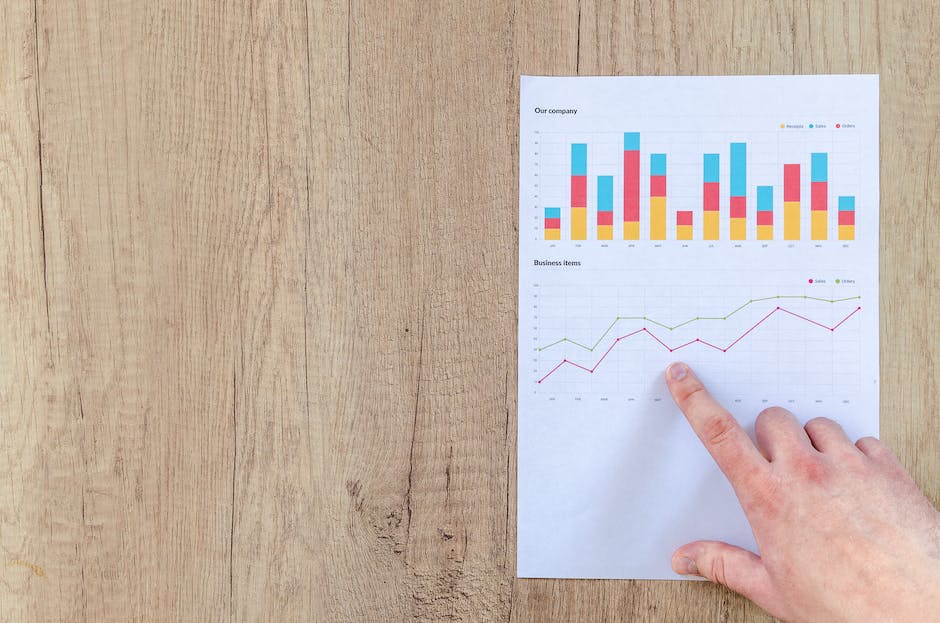The Pros and Cons of Secondary Research
Exploring the Benefits and Drawbacks
Secondary research, also known as desk research, involves the use of existing data, information, and studies to draw conclusions and make informed decisions. It offers numerous advantages and disadvantages that researchers and analysts need to consider. Understanding the pros and cons of secondary research can help individuals and organizations make the most of the available resources and enhance the quality of their findings.
In this article, we will explore the benefits and drawbacks of secondary research, shedding light on its potential advantages and limitations. Whether you are a student, an academic, or a professional in various industries, understanding the strengths and weaknesses of secondary research can significantly impact the way you approach data analysis and decision-making.
Pros
Secondary research offers several advantages that make it an invaluable tool for researchers and analysts. By leveraging existing data and information, individuals and organizations can uncover a wealth of insights without incurring the time and costs associated with primary data collection.
Cost-Efficiency
One of the primary advantages of secondary research is its cost-efficiency. Researchers can access existing data and studies without the need to allocate resources for new data collection. This can be particularly beneficial for individuals and organizations with limited research budgets, allowing them to make informed decisions without incurring substantial expenses.
Time-Saving
Secondary research enables researchers to save significant amounts of time by bypassing the lengthy process of gathering primary data. With existing information readily available, analysts can expedite the research process and focus on data analysis, interpretation, and application.
Broader Scope
By utilizing secondary research, individuals and organizations can access a broader scope of data and insights than they could gather through primary research alone. This expansive range of information can provide comprehensive perspectives and facilitate a more holistic approach to analysis and decision-making.
Access to Existing Data
One of the advantages of secondary research is the access to a wide range of existing data sources. Researchers can utilize information from previous studies, reports, and databases without having to collect new data. This allows for an extensive examination of the topic and access to historical data that may not be available through primary research.
Comparative Analysis
Secondary research enables researchers to conduct comparative analysis by studying multiple sources of data. This comparative approach can provide valuable insights by analyzing trends, patterns, and discrepancies across different studies. Researchers can compare and contrast findings from various sources to enhance the depth and comprehensiveness of their research.
Missing a pro?
Let us know which pro you are missing!
Cons
While secondary research offers various advantages, it also comes with certain limitations that researchers and analysts should carefully navigate. Acknowledging these drawbacks is essential for ensuring the credibility and relevance of the findings derived from existing data and studies.
Quality Variability
One of the key drawbacks of secondary research is the variability in the quality of existing data and studies. Since researchers are not directly involved in data collection, they must critically evaluate the reliability and validity of the sources they use. Inaccurate or outdated information can compromise the integrity of the findings.
Limited Control
Unlike primary research, which allows researchers to design data collection methods tailored to their specific needs, secondary research offers limited control over the scope and depth of available data. Researchers may encounter gaps in the existing information that hinder their ability to address nuanced research questions.
Potential Bias
Existing data and studies may carry inherent biases based on the methods, interpretations, or purposes of the original researchers. When leveraging secondary research, individuals and organizations should remain vigilant against potential biases that could influence the validity and applicability of the insights derived.
Outdated or Inaccurate Information
One of the drawbacks of secondary research is the potential for using outdated or inaccurate information. As data may have been collected for a different purpose or at a different time, it may not be entirely relevant or reliable for the current research. Researchers need to critically assess the validity and currency of the sources to ensure the accuracy of the information.
Lack of Originality
Secondary research may lack originality as it relies on pre-existing data and analysis. Researchers may encounter the challenge of producing unique insights or perspectives, especially if the available information has been extensively studied. It is important for researchers to critically assess how they can contribute novel interpretations or synthesizations of the existing data.
Missing a con?
Let us know which con you are missing!
Conclusion
In conclusion, secondary research presents a spectrum of advantages and disadvantages that researchers and analysts must carefully weigh. While it offers cost-efficiency, time-saving benefits, and access to a broader scope of information, it also demands critical evaluation of data quality, management of limited control, and mindfulness of potential biases. By acknowledging and addressing these pros and cons, individuals and organizations can harness the power of existing data effectively, enriching their research endeavors and strategic decision-making.
What do you think?
Do you think the pros outweigh the cons?








